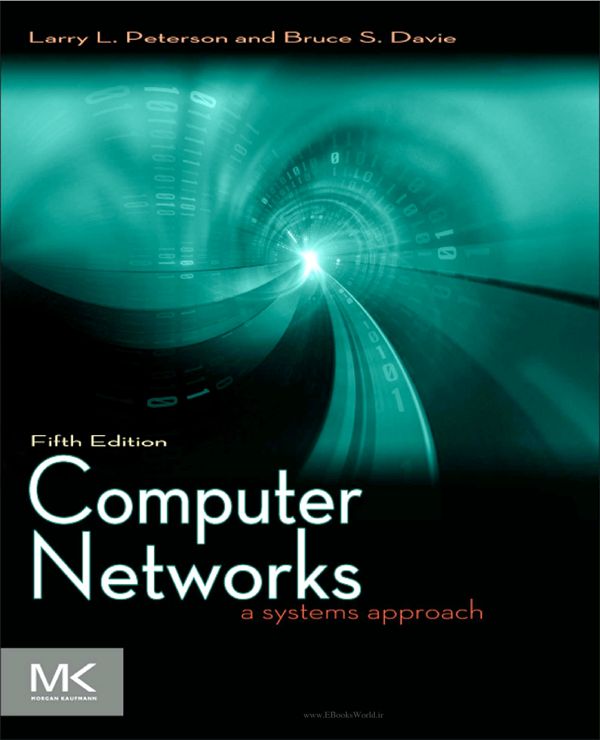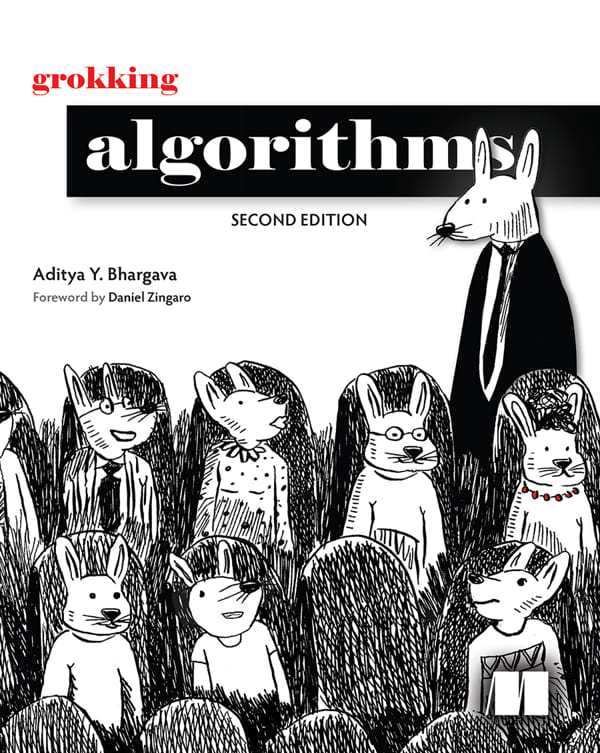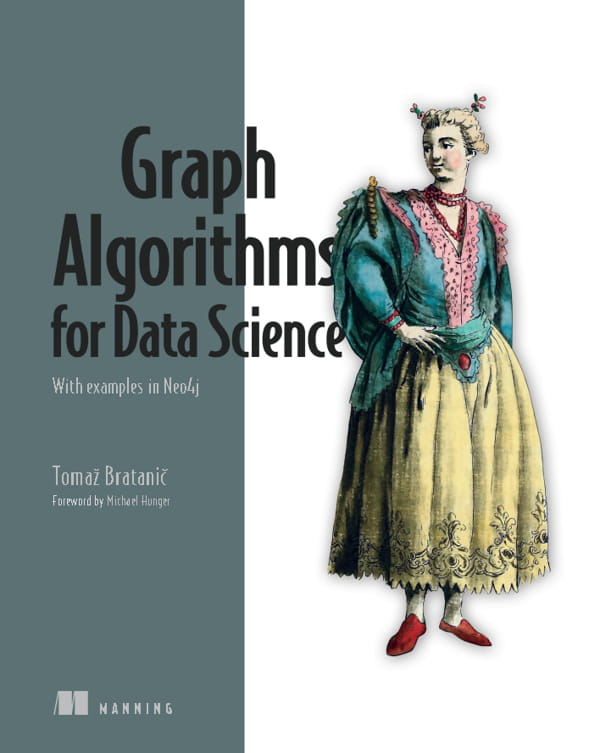Computer Networks, Fifth Edition: A Systems Approach

در ویرایش پنجم کتاب شبکههای کامپیوتری، نیت بر این بوده است که مطالبش برای یک کلاس جامع شبکههای کامپیوتری برای فارغ التحصیلان و دانشجویان مقطع کارشناسی کاربرد داشته باشد. ما باور داریم برای متخصصان صنعت که برای وظایف مرتبط با شبکه بازآموزی میشوند وهمچنین شاغلان فعلی شبکه که میخواهند چراهای پشت پروتکل هایی که همه روزه با آنها سر و کار داشتند را بفهمند و تصویر بزرگی از شبکه را ببینند، تمرکز این کتاب باید بر روی جذابتر کردن مفاهیم اصلی باشد.
تجربه ما این است که هر دوی دانشجویان و حرفه ای هایی که در حال یادگیری شبکه برای اولین بار هستند معمولا این احساس را دارند که پروتکلهای شبکه نوعی از حکم هستند که از بالا به پایین صادر میشود و کار آنها یاد گیری هر چه بیشتر مخففهای سه حرفی است.
در حقیقت پروتکل ها، بلوکهای ساختمان یک سیستم پیچده هستند که از طریق استفاده از اصول طراحی مهندسی توسعه داده شده اند. علاوه براین، آنها دائما اصلاح میشوند، توسعه داده میشوند و بر اساس تجربه دنیای واقعی جایگزین میشوند. با داشتن این نکته در ذهن، هدف ما با این کتاب چیزی بیش از بررسی پروتکلهای مورد استفاده امروزی است. در عوض، ما اصول اساسی طراحی شبکه صدا را توضیح داده ایم. ما احساس میکنیم که این درک از اصول اساسی، بهترین ابزار برای مدیریت نرخ تغییرات در زمینههای مختلف شبکه است.
همچنین ما تشخیص داده ایم که راههای مختلف زیادی هستند که مردم به سمت شبکه میآیند. این در تضاد است با وقتی که ویرایش اول را نوشته بودیم، بیشتر کسانی این کتاب را انتخاب میکردند که به عنوان کاربر شبکه، تجربهی قابل ملاحظه ای داشتند. عده ای هم به دنبال طراح شدن محصولات و پروتکلهای شبکه بودند. دیگران هم ممکن بود که به مدیریت شبکه علاقه داشتند در حالی که رونده فزاینده، توسعه دهندگان فعلی یا آینده برای دستگاههای تحت شبکه است. تمرکز ما به طور سنتی بر روی طراحان محصولات و پروتکلهای آینده بود و همچنین به صورت موردی ادامه دارد، ولی در این ویرایش ما سعی کرده ایم تا به دیدگاههای مدیران شبکه و توسعه دهندگان برنامه نیز رسیدگی کنیم.
This best-selling and classic book teaches you the key principles of computer networks with examples drawn from the real world of network and protocol design. Using the Internet as the primary example, the authors explain various protocols and networking technologies. Their systems-oriented approach encourages you to think about how individual network components fit into a larger, complex system of interactions. Whatever your perspective, whether it be that of an application developer, network administrator, or a designer of network equipment or protocols, you will come away with a "big picture" understanding of how modern networks and their applications are built.
• Completely updated content with expanded coverage of the topics of utmost importance to networking professionals and students, including P2P, wireless, security, and applications.
• Increased focus on application layer issues where innovative and exciting research and design is currently the center of attention.
• Free downloadable network simulation software and lab experiments manual available.
Key Features
• Completely updated content with expanded coverage of the topics of utmost importance to networking professionals and students, including P2P, wireless, security, and applications.
• Increased focus on application layer issues where innovative and exciting research and design is currently the center of attention.
• Free downloadable network simulation software and lab experiments manual available.
Table of Contents
PART I: Introduction And Internet Applications
Chapter 1 Introduction And Overview
Chapter 2 Internet Trends
Chapter 3 Internet Applications And Network Programming
Chapter 4 Traditional Internet Applications
PART II: Data Communication Basics
Chapter 5 Overview Of Data Communications
Chapter 6 Information Sources And Signals
Chapter 7 Transmission Media
Chapter 8 Reliability And Channel Coding
Chapter 9 Transmission Modes
Chapter 10 Modulation And Modems
Chapter 11 Multiplexing And Demultiplexing (Channelization)
Chapter 12 Access And Interconnection Technologies
PART III: Packet Switching And Network Technologies
Chapter 13 Local Area Networks: Packets, Frames, And Topologies
Chapter 14 The IEEE MAC Sub-Layer
Chapter 15 Wired LAN Technology (Ethernet And 802.3)
Chapter 16 Wireless Networking Technologies
Chapter 17 LAN Extensions: Fiber Modems, Repeaters, Bridges, and Switches
Chapter 18 WAN Technologies And Dynamic Routing
Chapter 19 Networking Technologies Past And Present
PART IV: Internetworking
Chapter 20 Internetworking: Concepts, Architecture, and Protocols
Chapter 21 IP: Internet Addressing
Chapter 22 Datagram Forwarding
Chapter 23 Support Protocols And Technologies
Chapter 24 The Future IP (IPv6)
Chapter 25 UDP: Datagram Transport Service
Chapter 26 TCP: Reliable Transport Service
Chapter 27 Internet Routing And Routing Protocols
PART V: Other Networking Concepts & Technologies
Chapter 28 Network Performance (QoS and DiffServ)
Chapter 29 Multimedia And IP Telephony (VoIP)
Chapter 30 Network Security
Chapter 31 Network Management (SNMP)
Chapter 32 Trends In Networking Technologies And Uses
 می پسندم
می پسندم
 به درد نمی خوره
به درد نمی خوره
















